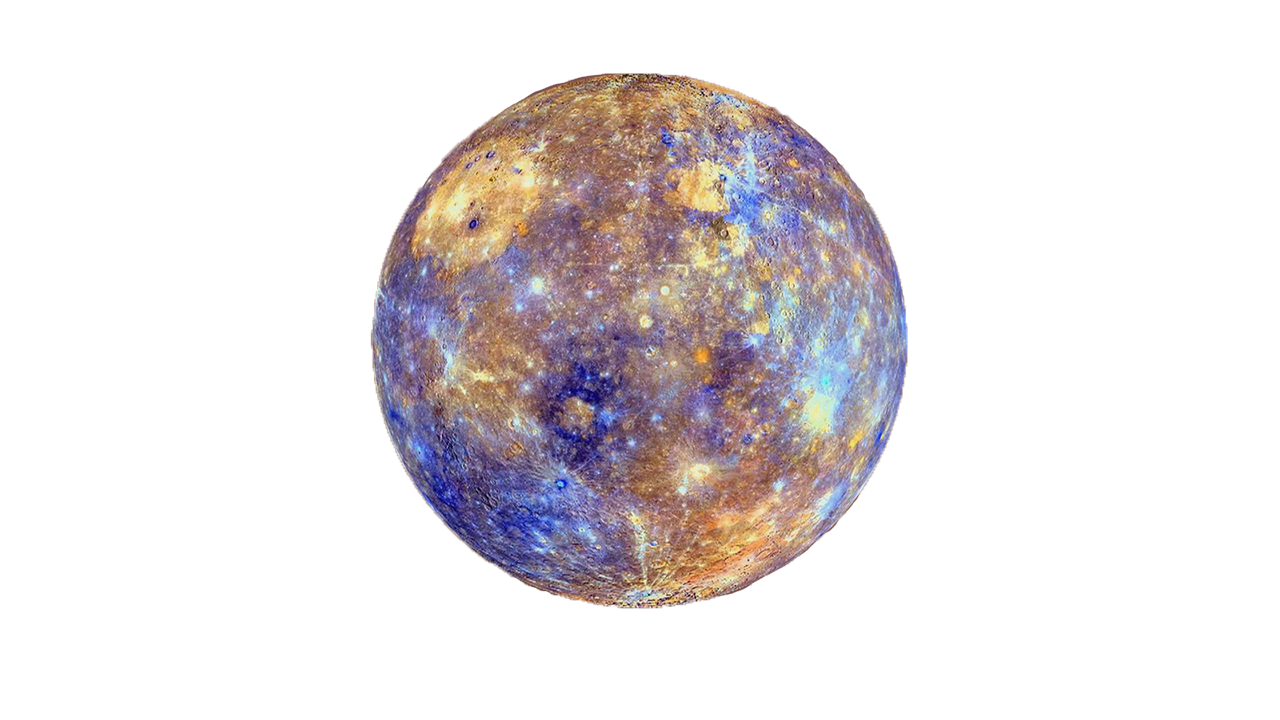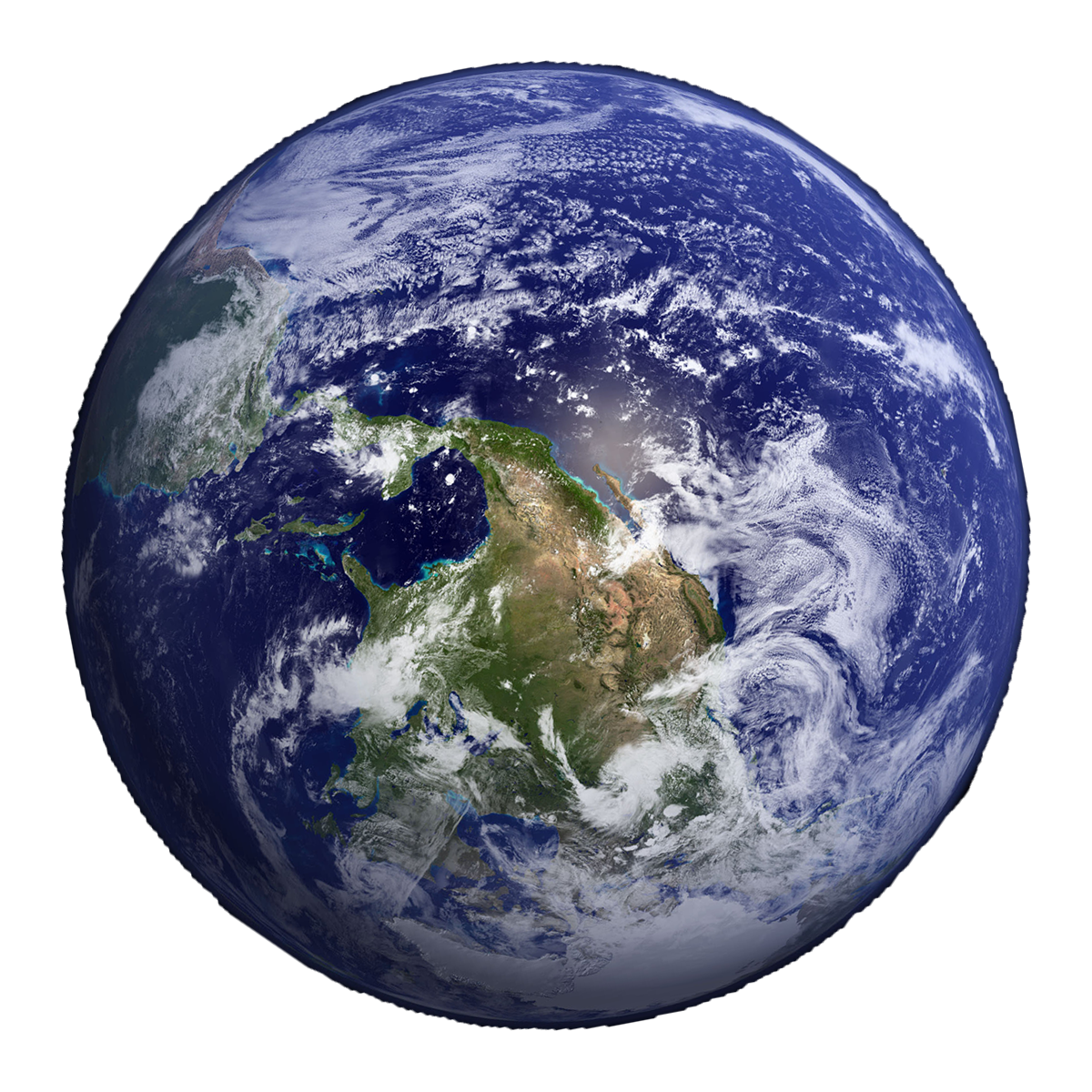Mercury



Quick Facts
Planet Type
Terrestrial
Size
Smallest planet in solar system, only slightly larger than Earth's moon.
Moons
Mercury has no moons of it's own!
Lengh of One Year
88 Earth days
Structure
Mercury is the second densest planet, after Earth. It has a large metallic core with a radius of about 1,289 miles (2,074 kilometers), about 85 percent of the planet's radius. There is evidence that it is partly molten, or liquid. Mercury's outer shell, comparable to Earth's outer shell (called the mantle and crust), is only about 400 kilometers (250 miles) thick.
Surface
Mercury's surface resembles that of Earth's moon, scarred by many impact craters resulting from collisions with meteoroids and comets.
Craters and features on Mercury are named after famous deceased artists, musicians or authors, including children's author Dr. Seuss
and dance pioneer Alvin Ailey. Very large impact basins, including Caloris (960 miles or 1,550 kilometers in diameter) and
Rachmaninoff (190 miles, or 306 kilometers in diameter), were created by asteroid impacts on the planet's surface early in the solar
system's history.
While there are large areas of smooth terrain, there are also cliffs, some hundreds of miles long and soaring up to
a mile high. They rose as the planet's interior cooled and contracted over the billions of years since Mercury formed.
Most of Mercury's surface would appear greyish-brown to the human eye. The bright streaks are called "crater rays." They are formed
when an asteroid or comet strikes the surface. The tremendous amount of energy that is released in such an impact digs a big hole in
the ground, and also crushes a huge amount of rock under the point of impact. Some of this crushed material is thrown far from the
crater and then falls to the surface, forming the rays. Fine particles of crushed rock are more reflective than large pieces, so the
rays look brighter. The space environment—dust impacts and solar-wind particles—causes the rays to darken with time.
Temperatures on the surface of Mercury are extreme, both hot and cold. During the day, temperatures on Mercury's surface can reach
800 degrees Fahrenheit (430 degrees Celsius).
Because the planet has no atmosphere to retain that heat, nighttime temperatures on
the surface can drop to minus 290 degrees Fahrenheit (minus 180 degrees Celsius). Mercury may have water ice at its north and south
poles inside deep craters, but only in regions of permanent shadow. There it could be cold enough to preserve water ice despite the
high temperatures on sunlit parts of the planet.
Potiential for Life
Mercury's environment is not conducive to life as we know it. The temperatures and solar radiation that characterize this planet are most likely too extreme for organisms to adapt to.
Resource
https://solarsystem.nasa.gov/planets/mercury/overview/






